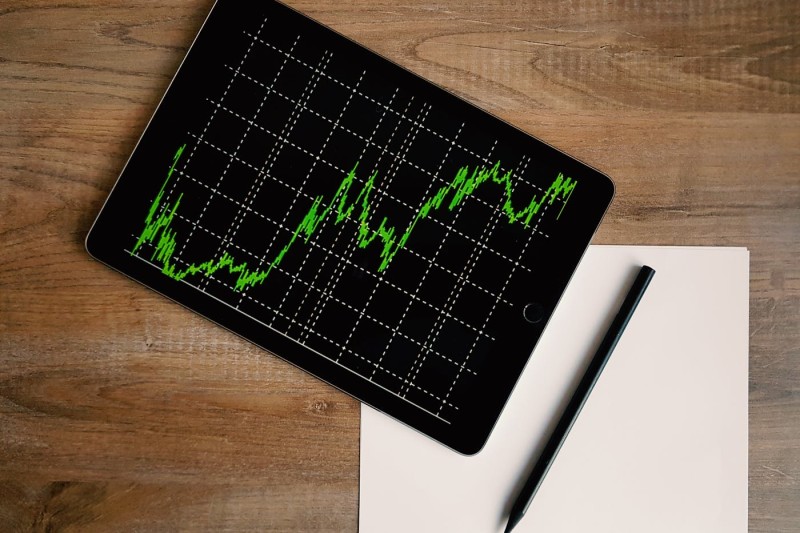By leveraging real-time data insights, automated trading apps have changed the face of the trading experience, and efficient market data handling is critical for their success. Every automated decision is informed by accurate and timely data, whether that’s algorithm-driven buy/sell choices, price movement, or trade volume tracking. These apps are fast and accurate because precision is so important in data handling. When executed properly, they give traders an edge in making data-driven decisions faster and more efficiently.
The Importance of Market Data in Trading Automation
Data is everything in trading: trading automation is based on data. But why is data so crucial? Complex algorithms are used by automated trading apps to analyze data in real time and make real-time decisions. Here’s how efficient data handling enhances trading operations:
- Reduces Latency: Time-sensitive data can really make a difference in the outcome of trade. Trading platforms decrease latency (i.e. each trade is executed with the latest data).
- Improves Data Processing Speed: The app must also process the data very quickly if automation fails. The faster the app can process and respond to the incoming data — the faster users can trade with a better experience.
- Enables Real-time Analysis: This real-time data allows traders to get the latest market movement insight, and algorithms can use it to adjust in real time to market conditions. This is especially helpful for platforms like Octa trading broker that aim to offer real-time solutions.
This means that a trading app must work with multiple data streams. It needs to be able to process them without bottlenecks, all at the same time. Successful apps employ advanced processing techniques to offer the best performance for real-time markets. With this, trading is made easier and traders can achieve their goals faster.
Key Data Sources for Automated Trading
Helping automated trading app algorithms and strategies work effectively requires several data sources. Key sources include:
- Market Feeds: A fundamental part is live price data on assets, updated in real time. Trading applications use these feeds to give traders real-time insights.
- Historical Data: It will give them an idea of how many types of trends there are, can backtest strategies and can tweak predictions.
- News Feeds and Economic Indicators: Market conditions are affected by macroeconomic events and industry reports as well as financial news. This data can then be traded into the trading apps to dynamically change the algorithms.
- Social Sentiment Data: Social media analysis, however, is available on some platforms and will provide you with a look at what people are talking about a particular stock, asset, etc.
Optimizing Data Flow for Trading Efficiency
To make all the trading apps work smoothly, data needs to be streamlined to speed up. This means low latencies and more processing power for algorithms to be able to react in real time to changes on the market can be achieved by data management. Good data structure is prioritized by apps, because it reduces the data and makes the information access faster.
The advanced trading platforms have data flow optimization as well as robust backend systems for high frequency trading together with scalable server sets up so that it does not suffer from data bottleneck during the peak trading time. Moreover, data compression techniques can be used in a high volume trading environment to reduce data transfer rates. It optimizes data flow so that resources can be flexible enough for trading algorithms to respond to real time price changes, trading signals, and news. Smooth data flow makes a trading app more responsive and more precise, even under the most volatile conditions.
Key Techniques to Enhance Data Handling in Trading Apps
To manage and process market data efficiently, trading apps employ several advanced techniques:
- Data Caching: Frequently used data such as recent price points or trade volumes are cached in the cache allowing for the return of this data much quicker. It saves you from the repetitious calls to the same data and improves performance as well as gives a better user experience.
- Data Compression: Data size minimization lowers the opportunity for lags, essential to effective management of bandwidth during busy trading times.
- Event-driven Architecture: The resource use is more effective and the time latency of the algorithm is reduced because data is only processed at a critical change.
- Load Balancing: That allows your app to distribute data requests to multiple servers so that none of them become overloaded, and to prevent the whole thing from slowing down.
- Predictive Analytics: Historical data can also be used to predict market trends and to make real time changes based on new data.
Elevating Trading Efficiency with Optimized Data Handling
To succeed with trading apps, data handling has to be efficient. Despite the market conditions, platforms manage to keep their systems fast and responsive with the help of such robust techniques as caching, compression, and load balancing. This optimization enables real time decision making for traders to make the right moves in real time. With trading environments becoming ever more competitive, effective data management will be one of the key differentiators in trading apps and a critical tool for today’s data driven investor. Automation and data flow can be used to achieve future trading success together.
